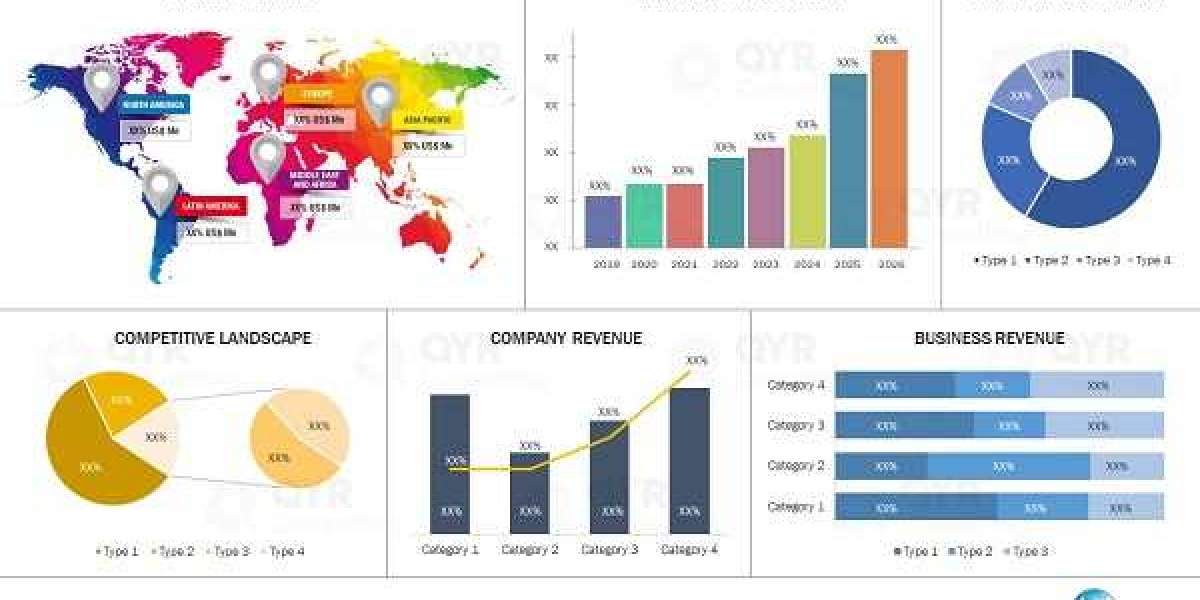Twój przewodnik po GratoWin
Ocena hazardowa Gratowin
Gratowin Casino, dość aktualne ulepszenie świata gier w Internecie, zostało wydane w 2019 roku i już odcisnęło się z ekspansywną kolekcją gier i atrakcyjnymi nagrodami. Certyfikowany przez rząd Curacao, działa z zaangażowaniem w upewnienie się, że satysfakcja i bezpieczeństwo gracza. Gratowin zamierza zaspokoić graczy z różnych krajów, z solidną obecnością w Europie, zwłaszcza w Irlandii. Niezależnie od tego, czy jesteś miłośnikiem portów, czy fanem gier stołowych, Gratowin ma coś dla każdego. Dzięki łatwej w użyciu platformie i interesującym promocjom, przedstawia się jako silny wybór dla entuzjastów gier w Internecie.
Gratowin Casino dostarcza imponującą kolekcję ponad 1800 gier wideo w kilku grupach. Platforma zawiera wszechstronną opcję, w tym ponadczasowe i współczesne miejsca na wideo, gry stołowe, takie jak Blackjack i Roulette na żywo, karty zeskrobania, a nawet gry dealerów na żywo. Współpraca z popularnymi dostawcami usług aplikacji, takich jak Netent, Evolution Gaming, Playtech, Play 'N Go i Yggdrasil zapewnia graczom dostęp do kilku najlepszych gier wideo na rynku. Niezależnie od tego, czy wybierzesz gniazda o dużej wolności, takie jak „Book of Dead”, czy gry wideo o niskiej wolności, takie jak „Starburst”, wybór pomieści zarówno wykwalifikowanych graczy, jak i nowicjuszy. Dla tych, którzy doceniają przygodę komunikacji w czasie rzeczywistym, obszar hazardu online wprowadza prawdziwych dealerów bezpośrednio na ekran, oferując gry wideo, takie jak Blackjack Online i Roulette na żywo.
Same gry są zaprojektowane z współczesnymi funkcjami, składającymi się z wciągającej grafiki, obejmujących animacje i satysfakcjonujące funkcje korzyści. Jedną niezwykłą funkcją są nowoczesne nagrody, które mogą powodować płatności zmieniające życie, szczególnie na portach takich jak „Mega Moolah” lub „zadanie Gonzo. „Gratowin nie koncentruje się nie tylko na normalnych grupach, ale także oferuje opcje dla osób szukających czegoś różnych, takich jak karty do scrapowania i zajęcia sportowe online.
Gratowin Casino jest hojne, gdy dotyczy korzyści i promocji. Nowi gracze są mile widziani znacznym pakietem powitalnym Perk rozłożonym na ich początkowe trzy depozyty, zapewniając szansę na zwiększenie swojego bankrolla od samego początku. Oprócz tego gracze mogą przewidzieć 50 bezpłatnych obrotów na wybranej maszynie owocowej, co dodatkowo przyczynia się do przyjemności. Warunki świadczeń obejmują żądania zakładów, które należy spełnić przed wyjmowaniem kwoty motywacyjnej, co jest typowe w większości witryn kasynowych.
Wraz z mile widzianą nagrodą Gratowin utrzymuje emocje wybierające istniejących graczy z rutynowymi promocjami, składającymi się z zachęt do ponownego ładowania, bezpłatnych spinów i ofert zwrotnych. Witryna kasyna prowadzi również program VIP, który przyznaje oddanym graczom ekskluzywnymi korzyściami, takimi jak spersonalizowane promocje, szybsze wypłaty i oddana pomoc klienta. To AIDS utrzymuje graczy zaangażowani i zachęcani do dalszego gry i przynoszenia korzyści.
Gratowin Casino podtrzymuje szeroki zakres metod spłaty, dzięki czemu graczom bardzo łatwo jest zaliczyć płatność i wypłatę środków. Platforma przyjmuje znaczącą historię kredytową i karty debetowe, takie jak Visa i MasterCard, popularne losy elektroniczne, takie jak Skrill i Neteller, wraz z opcjami przedpłaconymi, takimi jak Paysafecard. W przypadku entuzjastów kryptowalut zakład hazardu dostarcza również spłatę bitcoinów, które obejmują uwzględnioną przewagę szybszych wypłat.
Płatności spadkowe są na ogół szybko udoskonalane, co umożliwia graczom rozpoczęcie doceniania swoich gier wideo natychmiast natychmiast. Niemniej jednak, jeśli chodzi o wypłaty, niektórzy gracze rzeczywiście zgłosili opóźnienia, szczególnie w przypadku transferów bankowych. Podczas gdy wycofania za pomocą portfeli elektronicznych i kryptowalut są zwykle szybsze, gracze muszą być nadal przygotowani na potencjalnie przedłużone oczekiwanie. Minimalne zaliczki i wielkości wypłaty są ustalone na 10 EUR, co udostępnia dużą gamę graczy.
Gratowin Casino korzysta z różnych opcji wsparcia konsumenckiego, aby upewnić się, że gracze mogą uzyskać pomoc w razie potrzeby. Czat na żywo jest oferowany dla natychmiastowej pomocy, a dodatkowo istnieje zaangażowana grupa wsparcia e -mail. Zespół pomocy jest ogólnie responsywny i wydajny, a gracze zgłaszają cenną i przyjemną obsługę. Dla tych, którzy wolą znacznie więcej indywidualnej komunikacji, pomoc telefoniczna jest również dostępna. Chociaż godziny wsparcia nie są wyraźnie odnotowane, funkcja rozmowy online jest oferowana przez czas szczytu, upewnienie się, że pewna pomoc jest zawsze dostępna w razie potrzeby.
Strona internetowa witryny kasyna zawiera dodatkowo kompleksową sekcję FAQ, obejmującą typowe zapytania dotyczące administracji konta, premii, technik rozliczenia i dodatkowych. Chociaż ten obszar jest cenny, gracze mogą nadal wymagać wywołania pomocy w celu uzyskania jeszcze bardziej pewnych lub skomplikowanych obaw.
Gratowin Casino dostarcza solidne wrażenia z gier na komputerach internetowych, ze wspaniałym wyborem gier wideo, kuszących korzyści i szeregu podejść do spłaty. Wytrzymałość platformy zależy od przyjaznego dla użytkownika układu, różnorodności gier i rutynowych promocji, które angażują graczy. Podczas gdy proces wycofania może wywołać podrażnienia dla części bazy graczy, ogólne doświadczenie deklaruje. Niezależnie od tego, czy jesteś zupełnie nowy w internetowych witrynach kasynowych, czy doświadczonym graczem, Gratowin ma coś do dostarczenia. To świetna opcja dla osób próbujących znaleźć przyjemne i satysfakcjonujące wrażenia z gier wideo z pojemnością za znaczne wypłaty. Jednak, jak zawsze, gracze muszą dokładnie przejrzeć warunki, szczególnie dotyczące wymagań dotyczących zakładów i ograniczeń związanych z wycofaniem, aby zapobiec jakimkolwiek niespodziankom.











